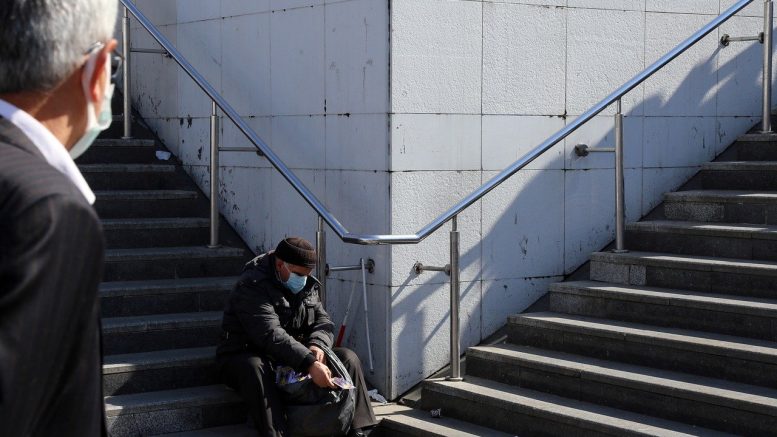The Centers for Disease Control and Prevention (CDC), on March 17, announced a plan to invest $2.25 billion over two years to address Coronavirus Disease 2019 (COVID-19)-related health disparities and advance health equity among populations that are at high-risk and underserved, including racial and ethnic minority groups and people living in rural areas. This funding represents CDC’s largest investment to date to support communities affected by COVID-19-related health disparities.
CDC’s new National Initiative to Address COVID-19 Health Disparities Among Populations at High-Risk and Underserved Communities, Including Racial and Ethnic Minority Populations and Rural Communities, will offer grants to public health departments to improve testing and contact tracing capabilities; develop innovative mitigation and prevention resources and services; improve data collection and reporting; build, leverage, and expand infrastructure support; and mobilize partners and collaborators to advance health equity and address social determinants of health as they relate to COVID-19.
This non-research cooperative agreement is funded through the Coronavirus Response and Relief Supplemental Appropriations Act, 2021 and is expected to award funding to up to 108 state, local, territorial, and freely associated state health departments, or their bona fide agents. This groundbreaking funding represents CDC’s largest investment to date focusing specifically on reducing health disparities related to COVID-19 and will provide much needed support to directly address these issues in communities that need it most.
Notice of Funding Opportunity
CDC’s Center for State, Tribal, Local, and Territorial Support (CSTLTS) has published a two-year Notice of Funding Opportunity (NOFO)
This $2.25 billion grant is funded through the US Department of Health and Human Services. The purpose of this new funding initiative is to address COVID-19 related health disparities and advance health equity by expanding state, local, US territorial, and freely associated state health department capacity and services.
The intended outcomes are to 1) reduce COVID-19-related health disparities, 2) improve and increase testing and contact tracing among populations at higher risk and that are underserved, including racial and ethnic minority groups and people living in rural communities, and 3) improve state, local, US territorial and freely associated state health department capacity and services to prevent and control COVID-19 infection (or transmission) among populations at higher risk and that are underserved, including racial and ethnic minority groups and people living in rural communities.
“Everyone in America should have equal opportunity to be as healthy as possible,” said CDC Director Rochelle P. Walensky, MD, MPH. “This investment will be monumental in anchoring equity at the center of our nation’s COVID-19 response—and is a key step forward in bringing resources and focus to health inequities that have for far too long persisted in our country.”
The Program For COVID-19 Health Disparities
Data show that COVID-19 has disproportionately affected some populations and placed them at higher risk, including those who are medically underserved, racial and ethnic minority groups, and people living in rural communities. These groups may experience higher risk of exposure, infection, hospitalization, and mortality. In addition, evidence shows that racial and ethnic minority groups and people living in rural communities have disproportionate rates of chronic diseases that can increase the risk of becoming severely ill from COVID-19 and may also encounter barriers to testing, treatment, or vaccination.
- Expand existing and/or develop new mitigation and prevention resources and services to reduce COVID-19 related disparities among populations at higher risk and that are underserved.
- Increase/improve data collection and reporting for populations experiencing a disproportionate burden of COVID-19 infection, severe illness, and death to guide the response to the COVID-19 pandemic.
- Build, leverage, and expand infrastructure support for COVID-19 prevention and control among populations that are at higher risk and underserved.
- Mobilize partners and collaborators to advance health equity and address social determinants of health as they relate to COVID-19 health disparities among populations at higher risk and that are underserved.
To stop the spread of the COVID-19 virus and move toward greater health equity, CDC continues to work with populations at higher risk, underserved, and disproportionately affected to ensure resources are available to maintain and manage physical and mental health, including easy access to information, affordable testing, and medical and mental health care.





Be the first to comment on "$2.25 Billion to Address COVID-19 Health Disparities"